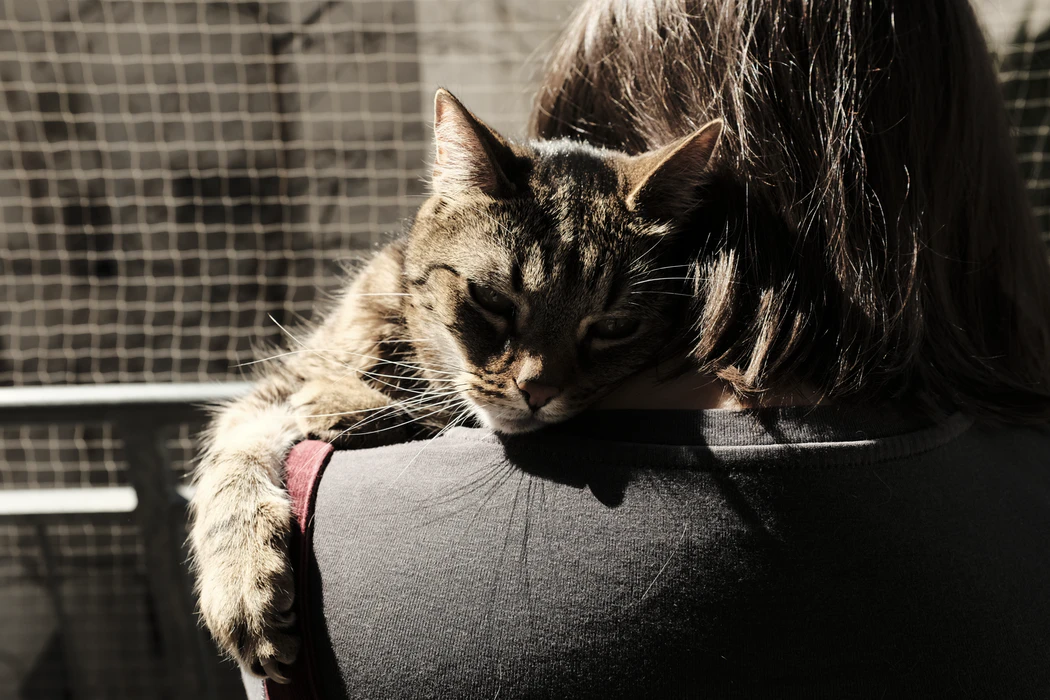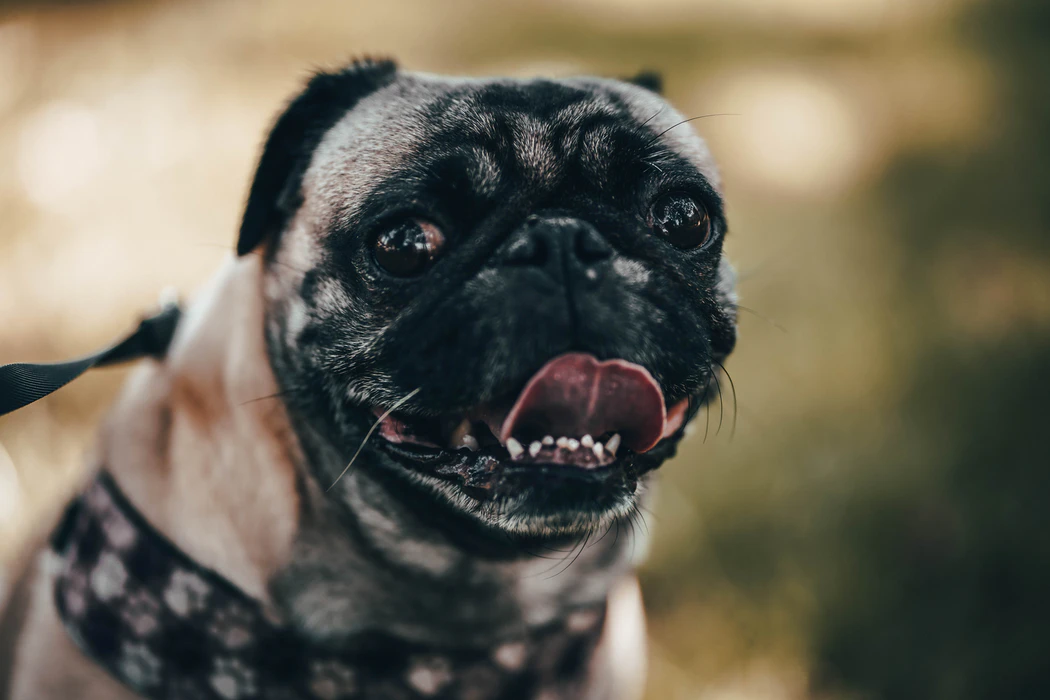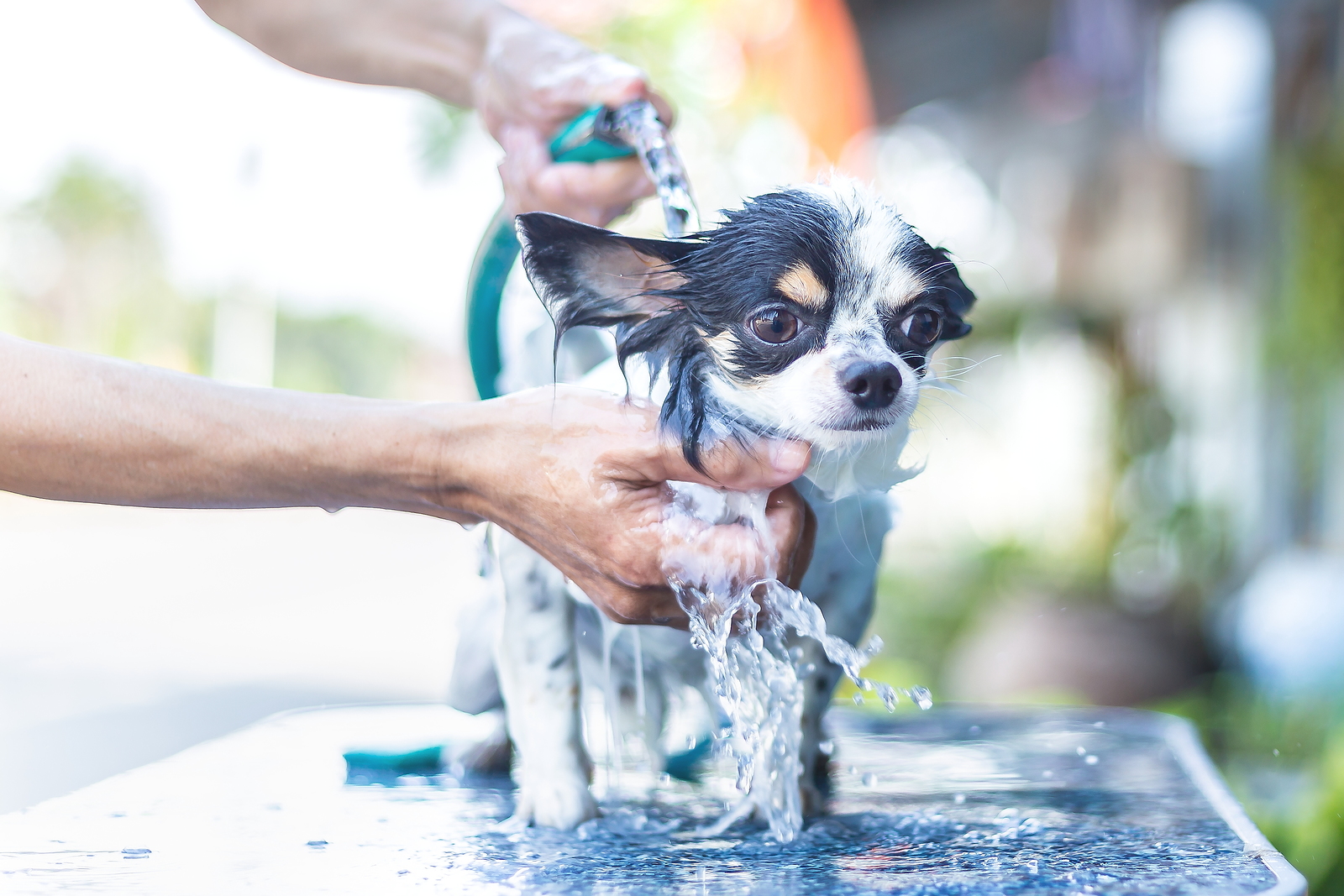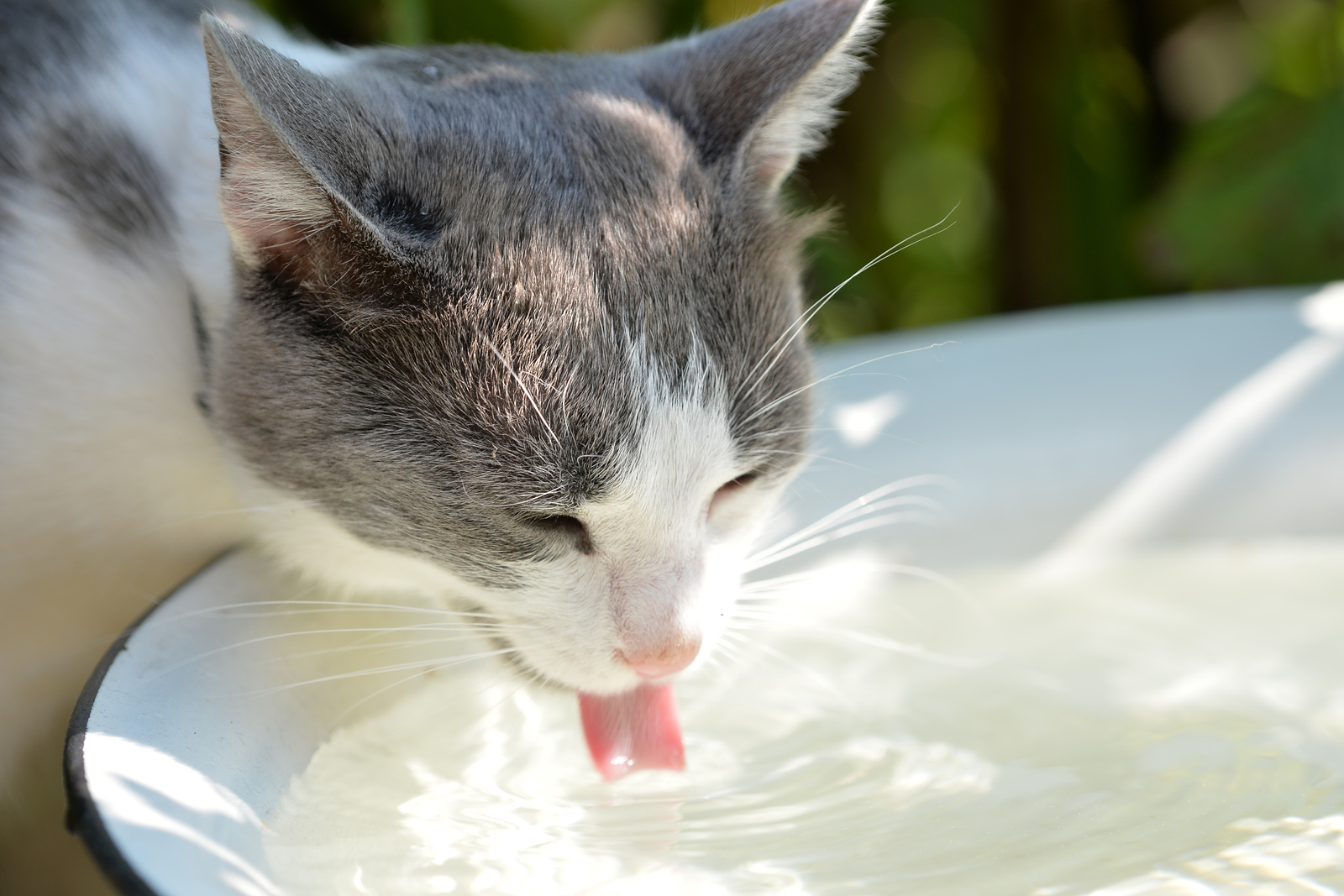Cover photo source: Ryan Stone on Unsplash
Singapore’s a pretty hot country. We’ve all established that. But when May and June loom near, even the most seasoned, sun-loving Singaporeans brace themselves for an onslaught of heatwaves, on top of the usual humidity.
And as we become more prone to heat strokes during these hottest months of the year, so do our pets. Heatstroke in cats and dogs can be fatal, so read on to learn how to protect your dog from heat exhaustion as it is not to be taken lightly at all!
Heatstroke & its consequences

Source: Florian Rieder on Unsplash
While heatstroke can happen at any time of the year, it is significantly more common during warmer months. This is because cats and dogs do not regulate heat the way we do, which is by sweating all over. Instead, our four-legged friends rely heavily on panting and external cooling to lose heat, which doesn’t allow them to cool down as easily and quickly as us humans.
As a result, our pets can get overheated even though we feel fine, and it is a life-threatening condition. Your pet’s organs are at risk of shutting down when its body temperature (normally around 38.3°C to 39.2°C) rises to about 41.2°C to 42.7°C. Besides organ failure, your pet may collapse, have seizures, slip into a coma, or suffer a cardiac arrest, and eventually, die, if not cooled down in time.
Warning signs

Source: Brian Brxtn on Unsplash
Since your cat or dog can’t verbally groan about the unbearable heat, you will have to keep your eyes peeled for these warning signs that indicate that your pet is overheating. If your pet does show any of these signs of heat stress, it requires immediate medical care:
- Excessive panting and difficulty breathing
- Drooling
- Restlessness
- Very red or pale gums
- Bright red tongue
- Increased heart rate
- Vomiting
- Lack of coordination
- Lethargy, weakness, staggering when walking
- Convulsions
- Collapsing.
Causes & risk factors

Source: Yukiko Kanada on Unsplash
Heat exhaustion in pets often occurs due to a lack of shade from the sun and heat, inadequate ventilation, insufficient water consumed, and overexertion. In addition, while all cats and dogs are at risk of overheating, there are some risk factors that can cause a particular pet to be more prone to it than others.
For starters, cats and dogs with thick coats or long hair, very young or very old animals, brachycephalic breeds, overweight pets, and those that suffer from pre-existing medical conditions that cause difficulty breathing or heart problems are more susceptible to overheating.
High temperatures are also not the only thing that can lead to overheating; high humidity increases the chance of heat exhaustion, so pay attention to not leave your pet in hot, enclosed spaces with poor ventilation.
What you should do immediately

As mentioned earlier, any pet that shows any sign of overheating should be tended to with immediate medical care. While you wait for medical care to arrive or while you’re on the way to the nearest animal hospital, what you can do to cool your pet down is to make sure that your pet is removed from a hot environment, under shade, and ideally has air-conditioning or a fan blowing at it.
If there is a water source near you, provide your pet with cool, fresh water (you may add ice cubes to the water) to drink. Don’t force your pet to drink if it can’t, as the water may end up in its lungs. Instead, wet its tongue with water and hose it down with cool (not ice cold) water if it is a dog, or wet its fur with a damp, cold cloth if it is a cat. Cooling the neck, armpits, between its hind legs, and paw pads are most effective in lowering your pet’s body temperature.
Take note to only use cool water though, not ice-cold water — the latter could cause your pet’s temperature to drop too quickly, resulting in shock!
Tips to protect your pet from heatstroke

Prevention is always better than cure, so here’s how to reduce the chances of your pet suffering from heatstroke:
- Bring them out when the weather is cooler, such as early mornings and evenings.
- If you must bring them out during the day, make sure to provide them with plenty of shade, cool water, and keep them away from hot ground surfaces.
- Never leave your pet alone in the car even if the windows are partially down — the temperature in the car will rise rapidly, with the temperature reaching:
- After 10 mins: 29.4°C
- After 20 mins: 39.8°C
- After 30 mins: > 48.9°C, which is fatal for dogs, cats, and young children.
- Check that your pet has access to clean, fresh water at all times, as well as a cool, shaded, and well-ventilated area to rest at even when it is indoors.
- If you have a cat who doesn’t have a habit of drinking water, make sure to place several bowls of cool, fresh water all around the house to encourage drinking.
- Draw the curtains in your home to limit the amount of sunlight and heat that enters as much as possible.
- Consider purchasing an elevated bed or make homemade ice packs wrapped in a towel for your cat to cuddle against.









